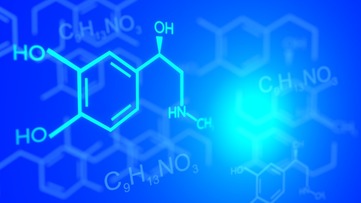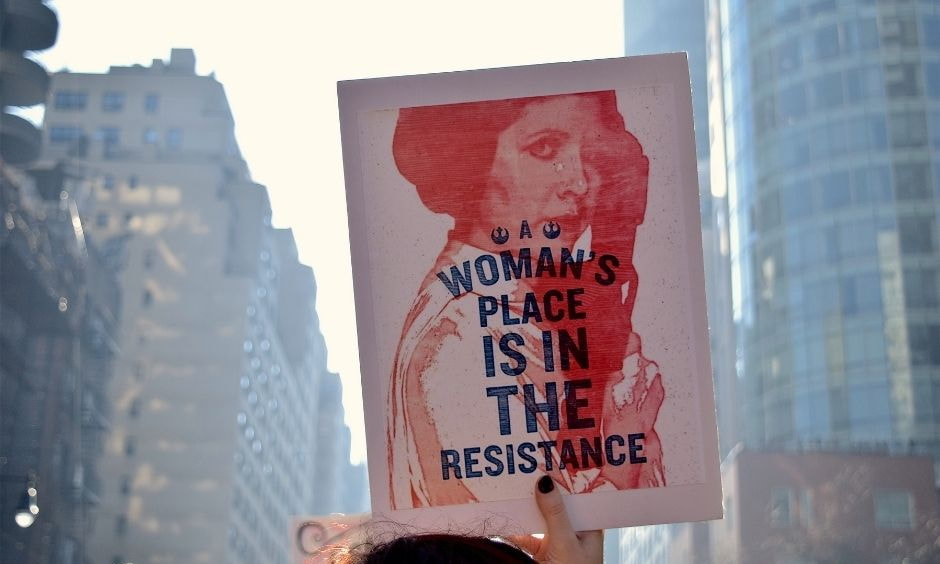
At the start of the 20th century, new understandings about the root causes of asthma, eczema and urticaria required entirely new labels: anaphylaxis and allergy. The twin relationship of allergy and immunity had emerged from the first use of the hypodermic syringe in mass vaccination (See Chapter 4). The triumph of germ theory through vaccination had created not only the problem of epidemic allergy in children but also an opportunity to analyze, categorize and then remedy it.
As described in Chapter 4, French physician Charles Richet (1850-1935) was one of the first to investigate. For his understanding of the pathogenesis and symptoms of anaphylaxis, Richet won the 1913 Nobel Prize in Medicine. But the inquisitive Richet may have chaffed at the restrictions of the medical model, the classification and reclassification of disease and remedy separate from mind and spirit. At the same time as he was repeatedly unleashing and documenting fatal reactions in dogs, cats and horses in the lab he was investigating paranormal energy that he claimed oozed or squirted from people during a séance. He called this “ectoplasm”.[1] A photo of Richet with a medium named Linda taken in 1905 clearly shows a “fluidie thread” of ectoplasm emerging from Linda's head. Attached to the thread is an ectoplasmic hand. Richet relates that these otherworldly events were “experienced at home in my library”.[2]
No doubt, Richet’s interest in the paranormal embarrasses allergists today. Ectoplasm is a poor fit for a materia medica – it is neither medical nor treatable.
Nevertheless, with the startling discoveries and understanding of allergy and anaphylaxis came the expected merger of science, the new immunochemistry[3], with the nostrum monger turned pharmaceutical company. Where the “gaze of the nosographers was a gardener’s gaze” during the 18th century, observed philosopher Michel Foucault, by the 19th century it peered sharply into the “quasi-mathematical” chemical operations of the body.[4]
Together, at the beginning of the 20th century, the scientist/nosographer and nostrum/pharma company entered into a lucrative relationship of patented medicines to remedy this “dark side of immunity”[5] through: adrenaline, anti-anaphylaxis (desensitization) injections. Over the next 100+ years, treatments embraced anti-histamines, steroids, inhalers, autoinjectors, novel immunotherapies of skin patch and oral capsules, anti-IgE vaccines and reprogrammed dendritic cells.
[1] C. Richet, Thirty Years of Psychical Research Being a Treatise on Metaphysics (New York, MacMillan Co., 1923).
[2] Ibid, p. 433.
[3] Term coined by Nobel Laureate and chemist Svante Arrhenius in 1904.
[4] Foucault, Birth of the Clinic, p. 147.
[5] J.M. Igea, “The history of the idea of allergy,” Allergy, 68 (2013): 966-973.
As described in Chapter 4, French physician Charles Richet (1850-1935) was one of the first to investigate. For his understanding of the pathogenesis and symptoms of anaphylaxis, Richet won the 1913 Nobel Prize in Medicine. But the inquisitive Richet may have chaffed at the restrictions of the medical model, the classification and reclassification of disease and remedy separate from mind and spirit. At the same time as he was repeatedly unleashing and documenting fatal reactions in dogs, cats and horses in the lab he was investigating paranormal energy that he claimed oozed or squirted from people during a séance. He called this “ectoplasm”.[1] A photo of Richet with a medium named Linda taken in 1905 clearly shows a “fluidie thread” of ectoplasm emerging from Linda's head. Attached to the thread is an ectoplasmic hand. Richet relates that these otherworldly events were “experienced at home in my library”.[2]
No doubt, Richet’s interest in the paranormal embarrasses allergists today. Ectoplasm is a poor fit for a materia medica – it is neither medical nor treatable.
Nevertheless, with the startling discoveries and understanding of allergy and anaphylaxis came the expected merger of science, the new immunochemistry[3], with the nostrum monger turned pharmaceutical company. Where the “gaze of the nosographers was a gardener’s gaze” during the 18th century, observed philosopher Michel Foucault, by the 19th century it peered sharply into the “quasi-mathematical” chemical operations of the body.[4]
Together, at the beginning of the 20th century, the scientist/nosographer and nostrum/pharma company entered into a lucrative relationship of patented medicines to remedy this “dark side of immunity”[5] through: adrenaline, anti-anaphylaxis (desensitization) injections. Over the next 100+ years, treatments embraced anti-histamines, steroids, inhalers, autoinjectors, novel immunotherapies of skin patch and oral capsules, anti-IgE vaccines and reprogrammed dendritic cells.
[1] C. Richet, Thirty Years of Psychical Research Being a Treatise on Metaphysics (New York, MacMillan Co., 1923).
[2] Ibid, p. 433.
[3] Term coined by Nobel Laureate and chemist Svante Arrhenius in 1904.
[4] Foucault, Birth of the Clinic, p. 147.
[5] J.M. Igea, “The history of the idea of allergy,” Allergy, 68 (2013): 966-973.



 RSS Feed
RSS Feed
